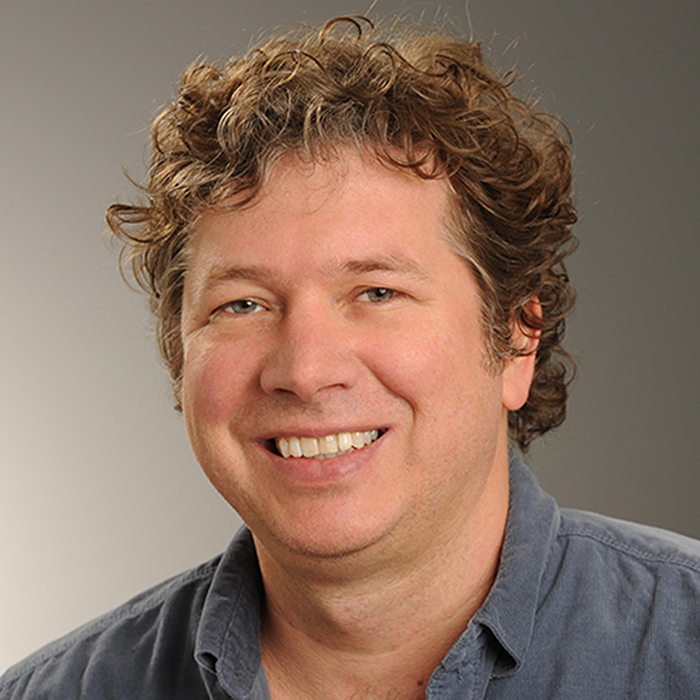Education
University of Edinburgh (Scotland), Biochemistry, B.Sc. with Honors 1989.
Boston University, Biology, Ph.D. 2001.
University of Connecticut, Ecology and Evolution, Postdoctoral Training 2001-2002.
James Cook University (Australia), Tropical Biology, Postdoctoral Training 2002-2005.
Northeastern University, Biology, Postdoctoral Training 2005-2008.
Areas of Expertise
Molecular ecology and evolution of termites and their pathogens, competitors and symbionts
Biography
My research is focused on both the evolution and mechanisms of termite immune defenses,
with emphasis on defenses against fungal pathogens. Termites live in large, crowded
colonies, which can make them vulnerable to the rapid spread of disease. However,
termites have a number of strategies for coping with pathogens which depend on cooperative
behaviors such as mutual grooming. We are also investigating whether elements of this
defense system are important for competition with fungi that feed on shared food sources
such as decaying wood.
Recent Publications
Luitel, B., Johnson, A.J. and Bulmer, M.S., 2024. Subterranean termites raise the
alarm when their anti-fungal weapon falters. The Science of Nature, 111(1), p.1.
Bulmer, M.S., Franco, B.A., Biswas, A. and Greenbaum, S.F., 2023. Overcoming immune
deficiency with allogrooming. Insects, 14(2), p.128.
Bulmer, M.S. and Stefano, A.M., 2022. Termite eusociality and contrasting selective
pressure on social and innate immunity. Behavioral Ecology and Sociobiology, 76(1),
pp.1-12.
Aguero, C.M., Eyer, P.A., Martin, J.S., Bulmer, M.S. and Vargo, E.L., 2021. Natural
variation in colony inbreeding does not influence susceptibility to a fungal pathogen
in a termite. Ecology and Evolution, 11(7), pp.3072-3083.
Bulmer, M. S., B. A. Franco and E. G. Fields. 2019. Subterranean termite social and
alarm and hygienic responses to fungal pathogens. Insects 10 (8), 240.
Bulmer, M. S. 2019. Parasites and Insects: Aspects of Social Behavior. In: Choe, JC
(Ed.), Encyclopedia of Animal Behavior, (2nd ed.). vol. 4: 784-789. Elsevier, Academic
Press.
Martin, J. S. and M.S. Bulmer. 2018. A lab-based study of temperate forest termite
impacts on two common wood-rot fungi. Environmental Entomology 47: 1388-1393.
Velenovsky J.F., J. Kalisch and M. S. Bulmer. 2016. Selective sweeps in Cryptocercus woodroach antifungal proteins. Genetica 144: 547-552.
Denier, D. and M. S. Bulmer. 2015. Variation in subterranean termite susceptibility
to fatal infections by local Metarhizium soil isolates. Insectes Soc. 62: 219-226
Rosengaus, R. B., K. F. Schultheis, A. Yalonetskaya, M. S. Bulmer, W. S. DuComb, R.
W. Benson, J. P. Thottam and V. Godoy-Carter. 2014. Symbiont-derived β-1, 3-glucanases
in a social insect: mutualism beyond nutrition. Front. Microbiol. 5: 607.
Bulmer, M. S., D. Denier, J. Velenovsky and C. Hamilton. 2012. A common antifungal
defense strategy in Cryptocercus woodroaches and termites. Insectes Soc. 59: 469-478.
Hamilton, C. and M. S. Bulmer. 2012. Molecular antifungal defenses in subterranean
termites: RNA interference reveals in vivo roles of termicins and GNBPs against a
naturally encountered pathogen. Dev. Comp. Immunol. 36: 372-377.
Hamilton, C., F. Lay and M. S. Bulmer. 2012. Subterranean termite prophylactic secretions
and external antifungal defenses. J. Insect Physiol. 57: 1259-1266.
Bulmer, M. S., F. Lay and C. Hamilton. 2010. Adaptive evolution in subterranean termite
antifungal peptides. Insect Mol. Biol. 19:669-674.
(pdf files available at https://www.researchgate.net/profile/Mark_Bulmer/publications)
Courses Taught
Principles of Genetics, Animal Behavior, Animal Social Evolution (graduate)
